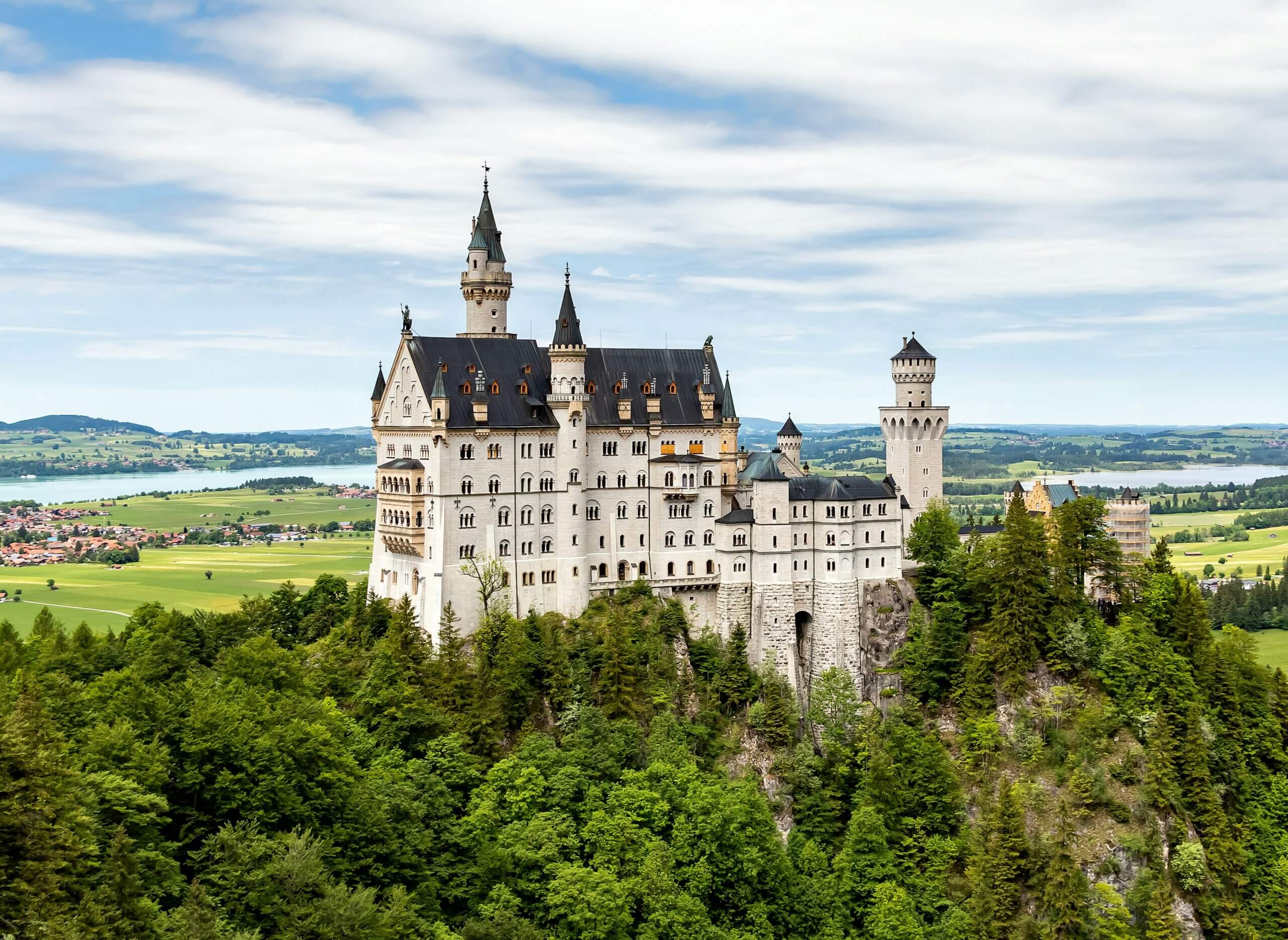The United Nations Educational, Scientific and Cultural Organisation (UNESCO) has unveiled the latest additions to its prestigious World Heritage List for 2025.
With more than 1,200 sites already recognised across the globe, the list celebrates places of outstanding cultural, historical, and natural significance.
According to the BBC, the decision to add the latest sites to the list was made by the UNESCO World Heritage Committee, which is currently meeting in France.
In 2025, five new sites have joined the ranks, each offering unique insight into humanity’s shared heritage and our relationship with the natural world.

Neuschwanstein Castle in Germany by Cezary Piwowarski
The palaces of King Ludwig II of Bavaria in Germany
This serial cultural site comprises four extravagant 19th‑century palaces: Neuschwanstein, Herrenchiemsee, Linderhof, and Schachen, commissioned by King Ludwig II between 1864 and 1886. Neuschwanstein alone attracts around 1.4m visitors annually.
Carnac stones in Brittany, France
The Carnac megalithic complex, encompassing over 550 stone alignments across a 1,000 km² area in Morbihan, dates to the Neolithic (circa 5000–2300 BCE). It’s among the world’s densest concentrations of prehistoric monuments, aligned with the landscape in a manner that reflects sophisticated ancient ritual planning.
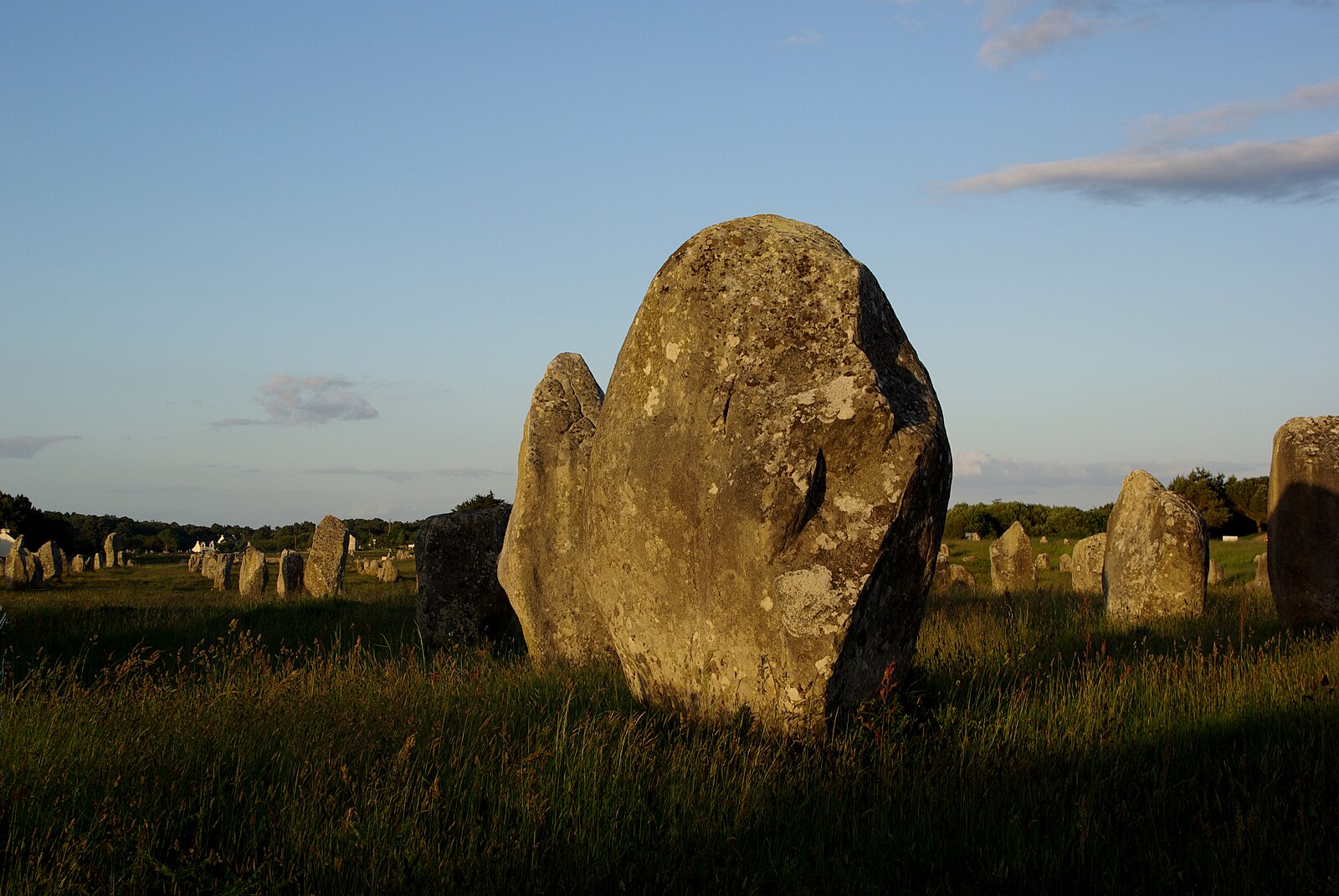
Carnac stones in Brittany, France
- Minoan palatial centres in Crete
This transnational serial site groups six major Bronze Age palace complexes: Knossos, Phaistos, Malia, Zakros, Zominthos and Kydonia. Built between 2800–1100 BCE, they represent the height of Minoan civilisation, showcasing advanced societal organisation, architecture, religious practices, and economic networks.
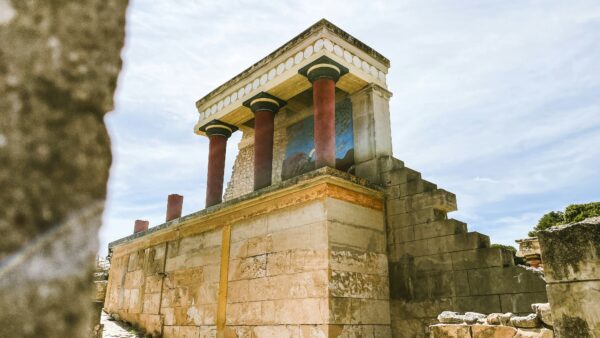
Minoan palatial centres in Crete
- Mount Mulanje landscape in Malawi
Dominated by Mt Mulanje, one of the world’s largest isolated mountain, this cultural landscape has deep spiritual significance for the Yao, Mang’anja, and Lhomwe peoples, who see the mountain as inhabited by gods, ancestors, and spirits.
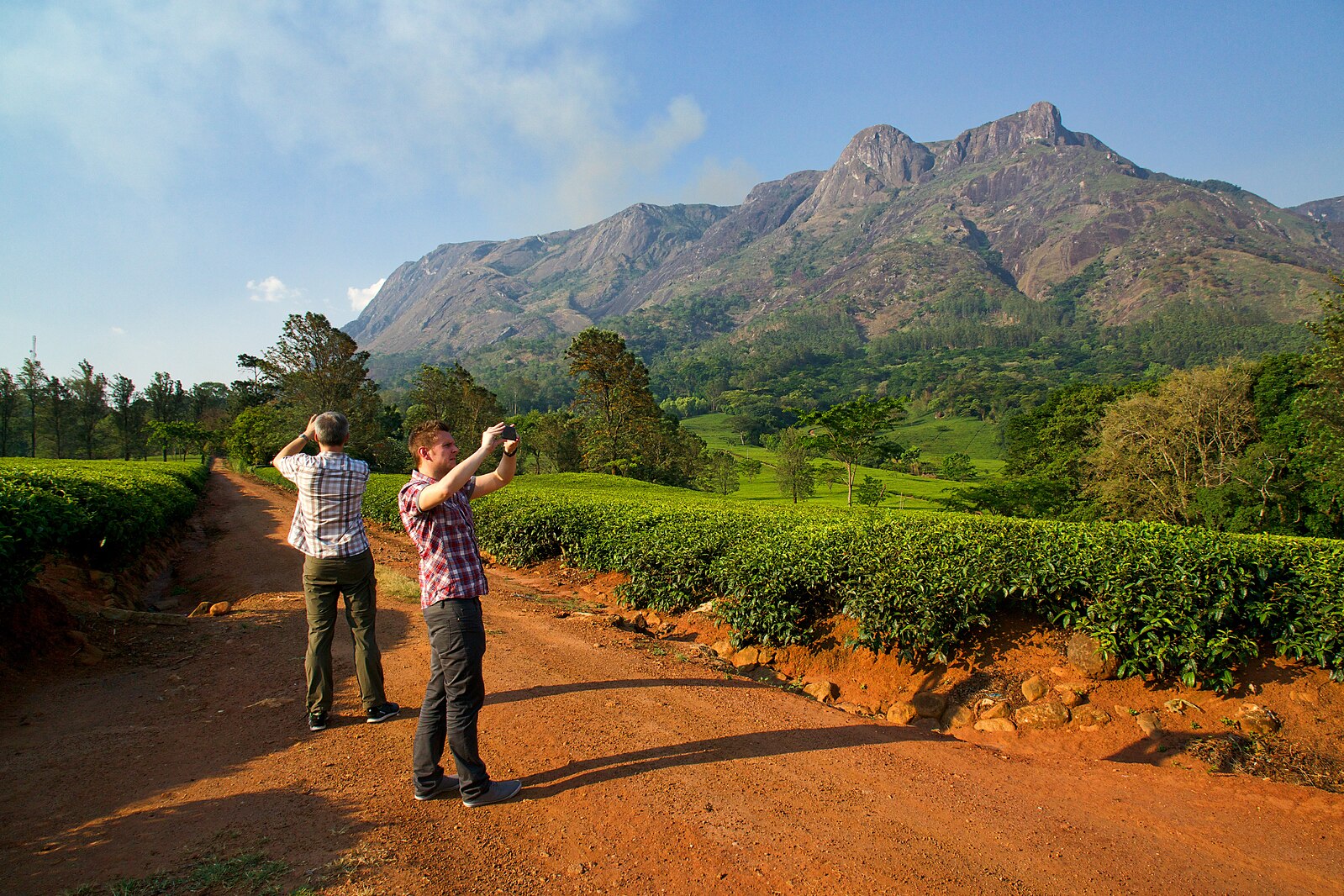
Mount Mulanje by David Davies
- The Murujuga landscape in Western Australia
Also known as the Burrup Peninsula, this region contains over one million Indigenous petroglyphs, some dating back 50,000 years among the densest rock art concentrations globally. The petroglyphs depict animals, plants, and human figures, and are judged to be a “manifestation of creative genius.” Traditional Owners, notably the Ngarda‑Ngarli people, managed a multi-decade campaign for listing, succeeding in July 2025.
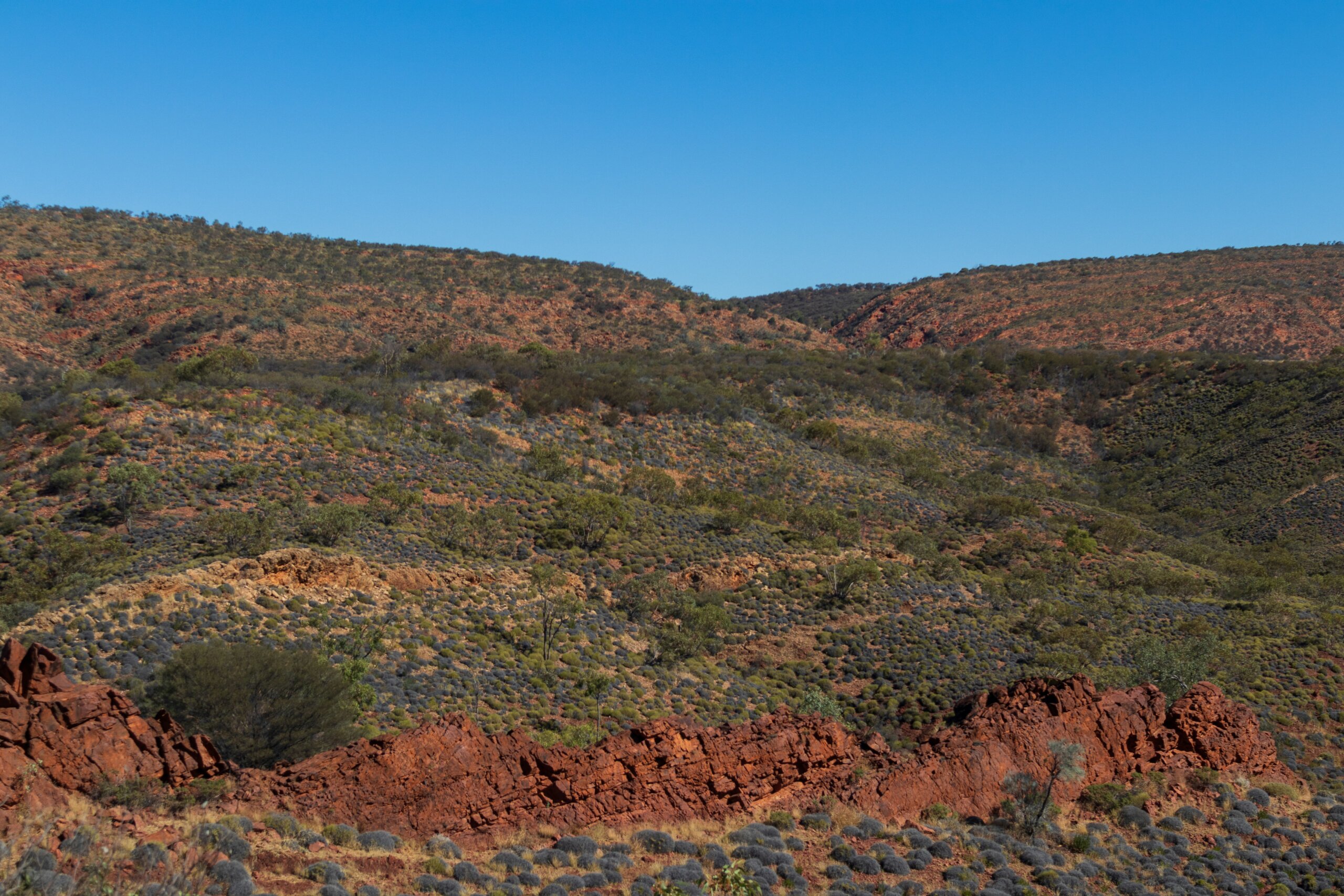
Murujuga by Ethan Smeets



